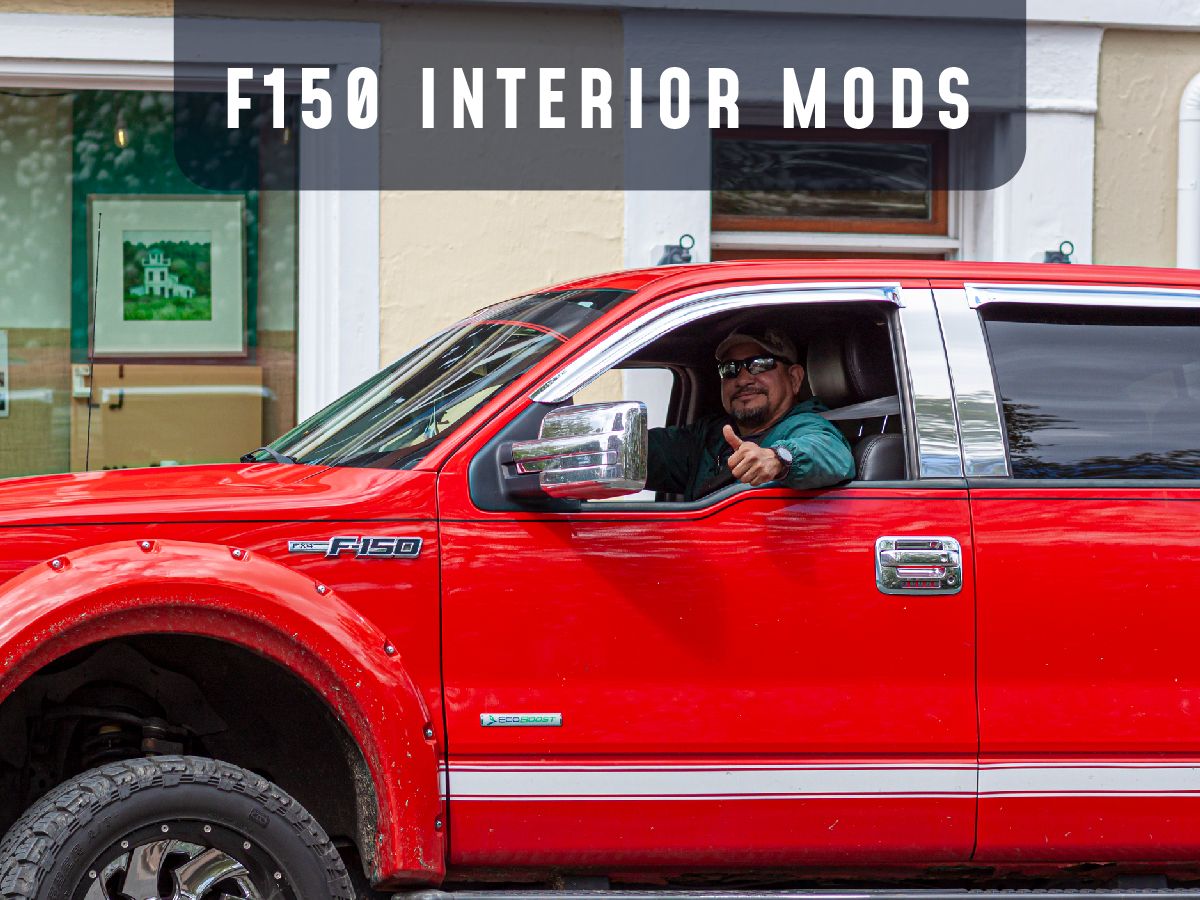Selling a truck can be a traumatic experience. Our vehicles tend to be the center of our everyday lives—it’s how we get to work every day or perform that work once we are there; it’s how we feed and entertain ourselves and our families; and it is, in many ways, an extension of ourselves and our personalities. Your truck is the way the world first sees you, so getting rid of it can be trying.
Despite this, there may come a time that you must consider getting a new ride. It may be that your current truck has grown unreliable, or that you wish for a model with a longer bed, more cab space, or better fuel economy. It may be that you have just grown bored and are looking for something new and exciting. Whatever your reasons may be, we have devised an outline for you to consult to make your truck-selling process painless.
Steps to Take When Selling Your Truck
Below are the basic steps to follow when selling your truck. Following that, you’ll find each step discussed in detail.
1. Know the Market
2. Figure Out Your Truck's Worth
3. Price Your Truck Competitively
4. Gather Up the Paperwork
5. Improve Your Truck's “Curb Appeal”
6. Add to Your Truck's Resale Value
7. Choose Where to Advertise Your Truck
8. Create a Winning Ad
9. Show Off Your Truck
10. Give Your Sale Pitch
11. Negotiate a Sale Price
12. Protect Yourself from the Unforeseeable
13. Finalize the Sale
14. Prepare for After the Sale
1. Know the Market
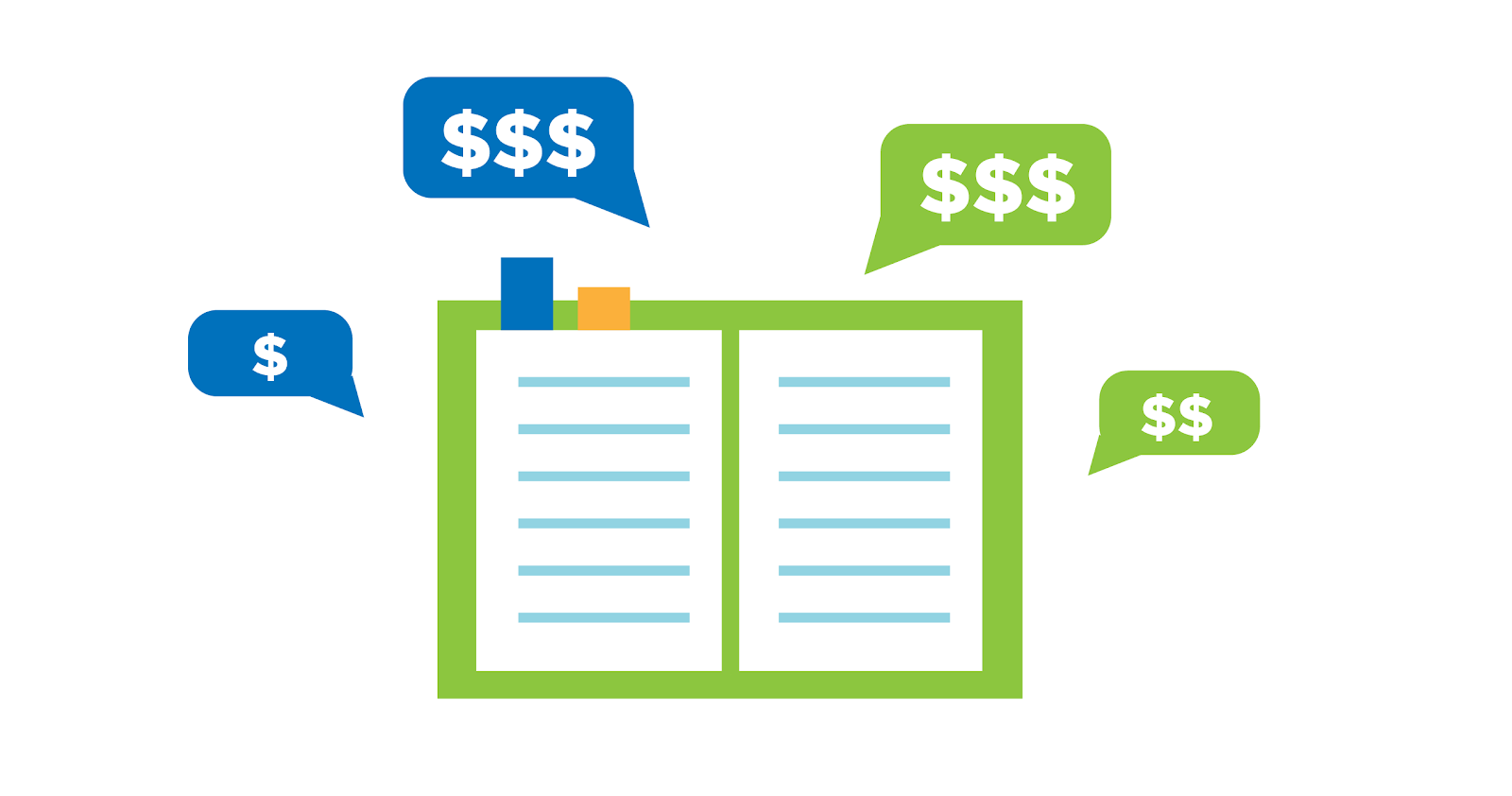
It has been said that the first step to any worthwhile project is research. This is especially true for truck sales. If you live in an area where nearly everyone has a Ford F150, for example, not many people will take it seriously if you simply put a “For Sale” sign on yours and park it in your driveway. It is important to understand the demand for your truck in your area and the average price it sells for locally.
Online guides, such as Kelley Blue Book and Cars.com, can be useful for figuring out what your vehicle’s local worth is. Location can affect the price of a vehicle; a truck can be worth more than a thousand dollars in an area of high demand. Research can help to determine how you should sell your truck. The choice between selling your vehicle online, via a classified ad or directly to a dealer, can make a significant difference in the final selling price and the amount of time your vehicle is on the market.
2. Figure Out Your Truck's Worth
A mistake many would-be sellers make is not knowing the true value of their truck. Pricing the truck too high would scare off potential buyers, while pricing the truck too low would not only steal money from the sale but would suggest flaws and condition issues with the vehicle that may not exist. A good first step toward selling a vehicle is having a trusted mechanic do a comprehensive check on the truck's systems and structure. Having this done will make it easier to appraise the vehicle's condition.
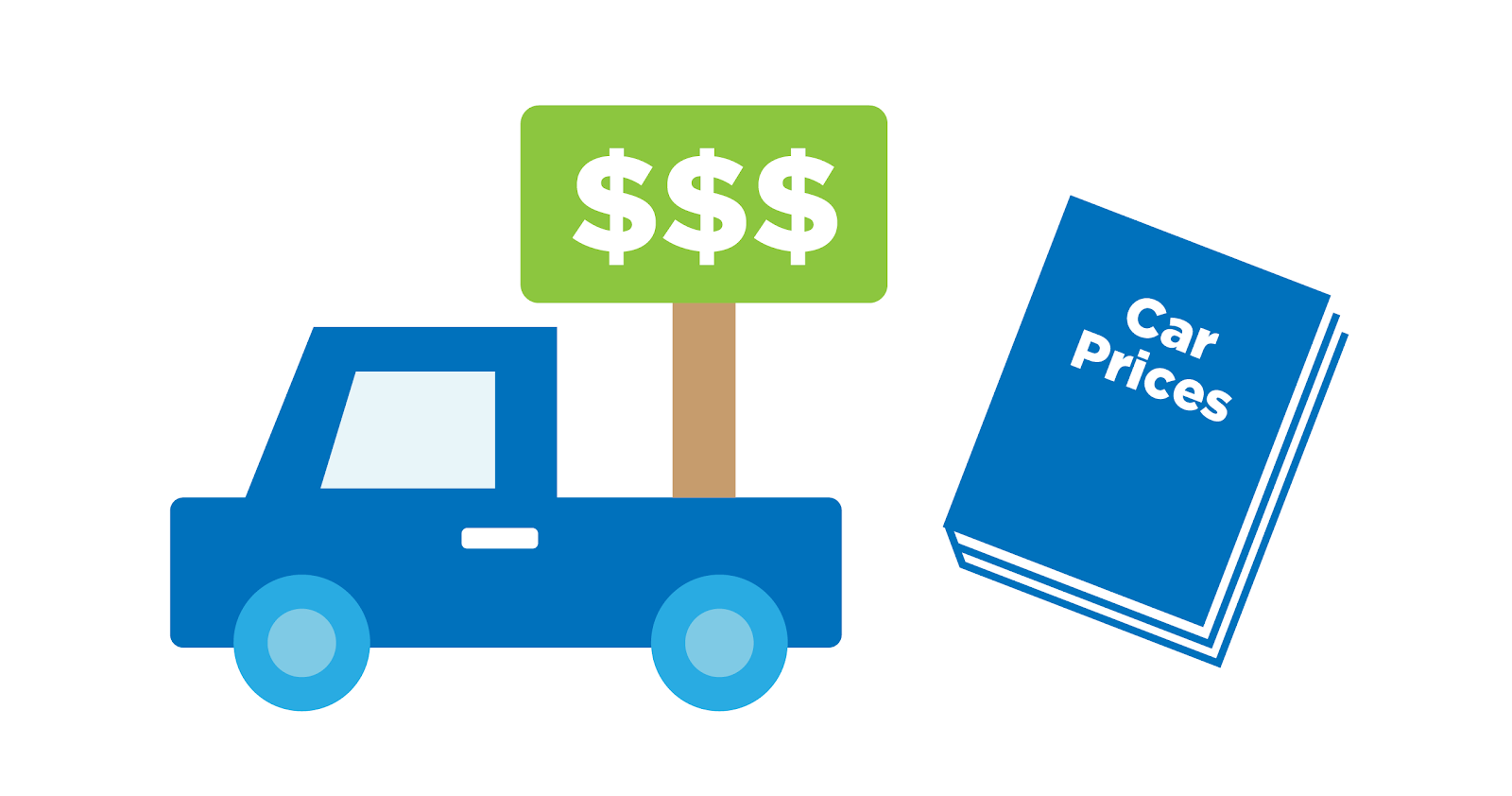
Once you know your truck's condition, you can plug the information into various online calculators to determine your vehicle's local worth. Among the best known are Kelley Blue Book, NADAGuides, and Autotrader.com.
3. Price Your Truck Competitively
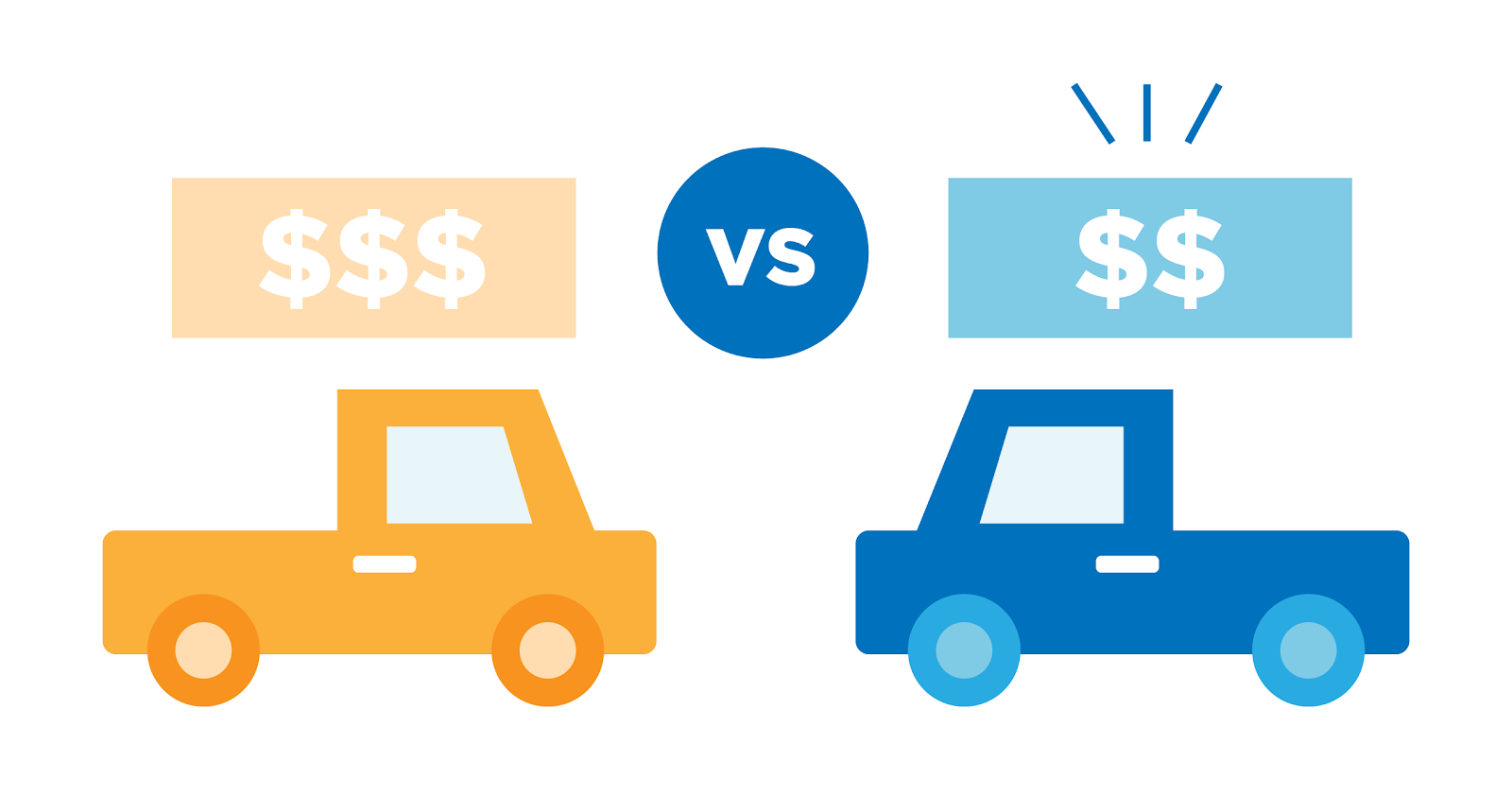
Once you have your private seller truck's worth, the next step is to determine if you will get a better deal selling to a dealership or trading in. Many of the websites listed above offer instant cash or dealership offers. Another option is to take your truck to a local dealership and have them inform you of their trade-in offer. Should you choose this option, be clear to the dealership that you are only considering options at this time and are not interested in making a deal right then.
Typically, trade-ins will draw less value, according to Consumer Reports, than selling privately. However, the selling process for a trade-in is quicker and simpler than what it would be if you sold it yourself and, for most states, the value of the trade-in can be deducted from a new car price for the sake of determining sales tax.
4. Gather Up the Paperwork

Regardless of whether you choose to sell privately or trade-in, it is important to gather all of the vehicle's documentation. This includes the original window sticker (if you still have it), the original sales documents, the vehicle manuals, the vehicle's maintenance receipts or a statement of service visits from your regular mechanic or dealership, and any documentation for after-market upgrades you added to the vehicle.
Additionally, security and key codes, if applicable, should be included in the documents. Having this available not only shows the potential buyer that you took good care of your truck, but it also helps to provide specifications for the truck's features, which can up the resale value.
5. Improve Your Truck's “Curb Appeal”
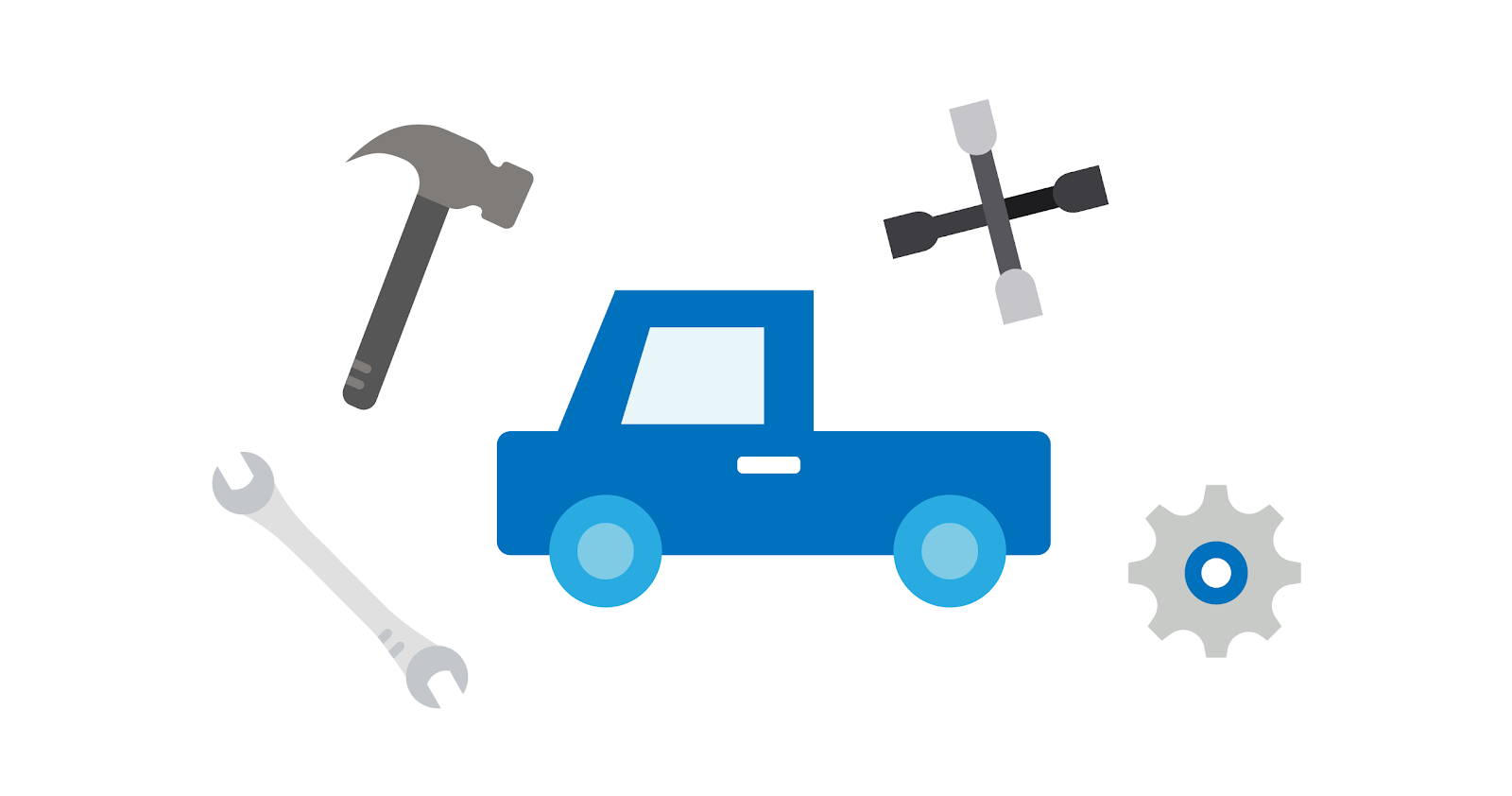
This would be the time to make improvements to the truck that will increase the vehicle's resale value. This includes fixing cracks and chips on the windshield, replacing your headlights and taillights' lenses and bulbs, checking the brakes, and removing dents and scratches. Additionally, the tires should be checked for poor for uneven tread. Then the vehicle should be washed and detailed—inside and out—and cleared of any debris. If you have after-market parts installed you do not wish to sell, this would be the time to replace them with the original manufacturer-provided equipment.
A few hundred dollars in repairs can potentially add thousands to the resale value. However, as dealers can usually do body work at a price lower than can be managed in the private market, you should avoid the trap of committing to major repairs; they are unlikely to be profitable in a resale situation.
6. Adding to Your Truck's Resale Value

Adding extras to your truck now will help to improve its attractiveness to sellers. One option is to install back-up cameras. Besides a rear camera—which can help with parking situations—you can also add front and side cameras that would greatly improve visibility for larger rigs. A great place to find such gear is Camerasource.com, one of the largest suppliers of backup cameras.
Other options include an after-market security system, upgraded speakers, and a new in-dash stereo. These features can help to make an older vehicle feel newer.
7. Choose Where to Advertise Your Truck

Knowing where to advertise your truck can make all the difference in the success of your sale. For example, you can post your ad at eBay Motors, where you can either opt for an auction-like or a fixed-price sale. Cars.com allows for comparison of up to four offers, whileAutotrader.com can utilize television and radio campaigns to sell your vehicle at no additional cost to you. Craigslist lets you post ads for free, Kelley Blue Book does instant offers, and Beepi offers inspections to get accurate pricing for the vehicles posted on its website and promises to buy the car at the price they quote if it doesn't sell in 30 days.
The choice between picking one of these services or choosing to use a print ad can be the most important choice you make, as it will affect the caliber and number of potential buyers you will see. It is important to take care in making this choice and not to rush.
8. Create a Winning Ad

Now that you know where to post your ad, it's time to create it. You will need to include the following information, at a minimum:
- your asking price and if you are firm on the price,
- why you are selling the truck,
- a brief description of the truck, including warranty status,
- the truck's mileage,
- the truck's year, make, model, and color,
- the truck's current condition,
- any accidents or damage,
- modifications or upgrades that differ from the original configuration,
- the truck's VIN number,
- any recent repairs,
- the number of owners, and
- the photographs of the truck.
9. Showing Off Your Truck
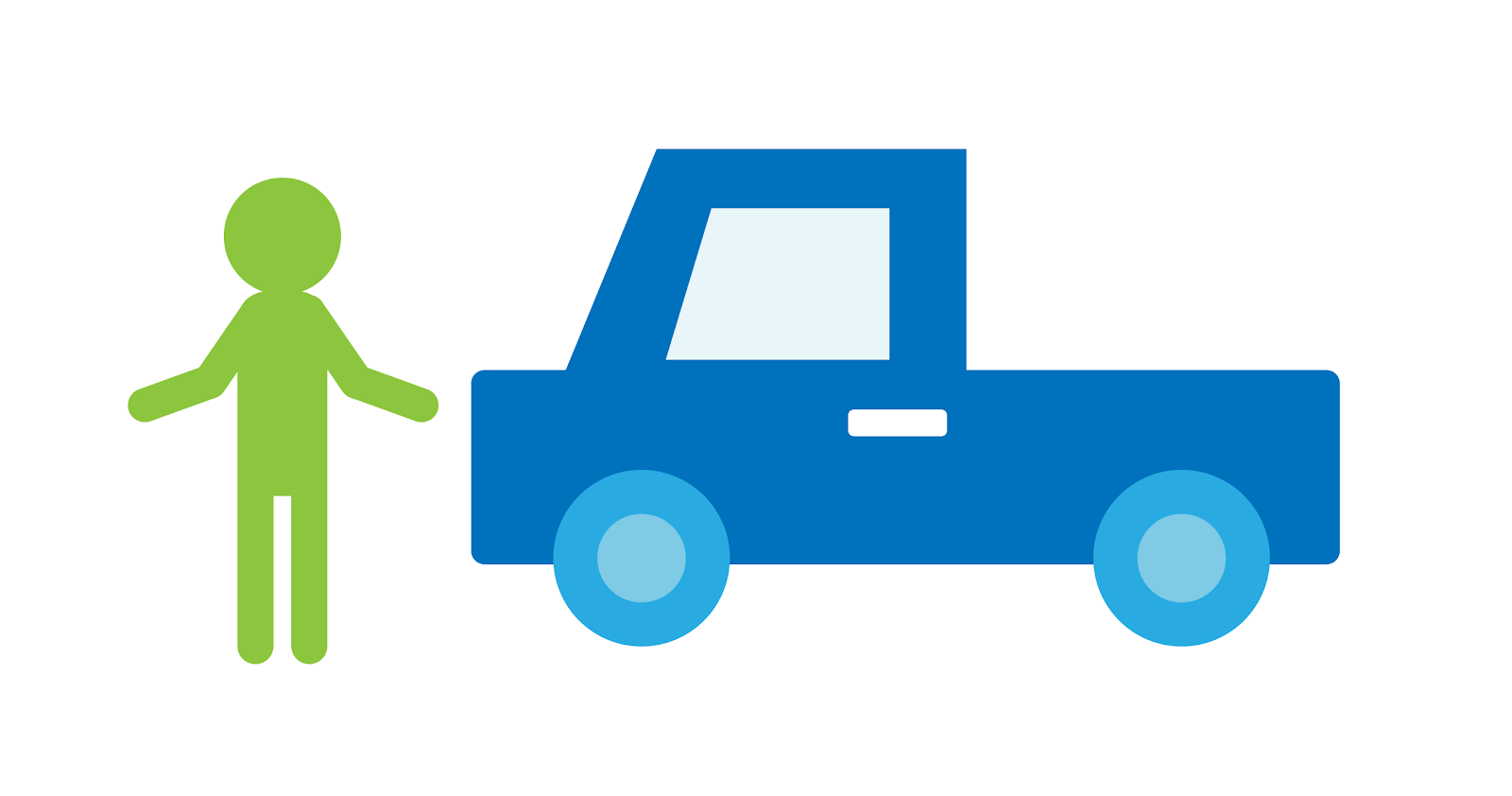
Once you post your ad, you will need to be prepared to show off the truck. This means vetting potential buyers.
When dealing with parties interested in your truck, be sure to get their full names. Check to see if the buyer is local, as non-local sales can be complicated. Make sure that the form of payments you accept is known—you will need to make sure funds are available if you accept a check or a money order—and that you will not accept monthly payments. As a private seller, you will have no mechanism in place to enforce such a payment plan and will be unable to force payment should a buyer decide to stop paying their monthly installments. Finally, only agree to test drives with serious buyers, and always accompany the potential buyer during the drive.
Before showing off the truck, take the time to remove personal effects from the vehicle, including bumper stickers and alumni window decals.
10. Giving Your Sale Pitch

If a buyer was to take the time to actually see your truck, the least you can do is tell him/her why your truck is the best buy currently on the market. This includes engaging in small talk with the buyer to determine what he/she is looking for in a vehicle and learning what he/she currently drives, using that information to promote your truck to him/her. This would be a good time to point out the selling features of the truck, such as its reliability, fuel efficiency, or added features.
11. Negotiate a Sale Price

When it is time to negotiate, keep in mind the lowest price you would sell the truck for. Start with a price comfortably higher than this and work with the buyer to find a price you both can agree on. It is okay to do a few counter-offers. However, under no condition should you go under your stated lowest price. It is better to walk away from a deal than to make a bad one.
12. Protect Yourself from the Unforeseeable
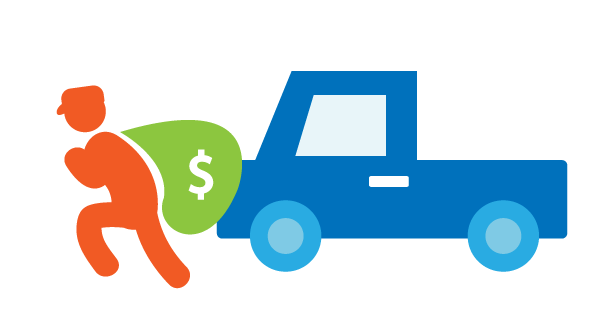
You must take precautions to protect yourself from scams. For example, a buyer that offers to pay by check or money order may be using a fake document. A buyer that offers to buy your truck sight unseen may be part of a larger scam to defraud you from your vehicle without offering valid payment. A buyer using an unknown escrow service to complete the transaction may pull the funds once the title has been signed over. Even a request for personal information to complete a wire transfer may be a ploy to gather information to attempt identity theft.
It is your obligation to use due diligence in selling your truck.
Do not release your vehicle until the payment has cleared. Only use trusted services, and never release documents that bear social security numbers or banking information.
13. Finalize the Sale

Once you and the buyer come up with a price you both agree on, the hard work begins. It is important to follow this checklist, as suggested by dmv.org:
- Write a bill of sale that includes the transfer of any warranties (if applicable), and state if the truck is sold “as is.”
- Arrange for both you and the buyer to sign the bill of sale and date it.
- Photograph or make a copy of the buyer's driver license. You will need this information for the release of liability and as a hedge against identity theft.
- Receive payment. If a cashier's check is used, go to the bank with the buyer to clear it. If a personal check or money order is used, wait until it clears before proceeding.
- Sign over and surrender the title, remove the plates and registration tags from the vehicle if your state requires this, and fill out and sign the release of liability and sales tax affidavit (if applicable). Submit the forms and the plates to your DMV.
- Go over your state's requirements for vehicle transfer, and make sure they are all met.
- Make a copy of all of the documents (including the documents you gathered in step four), and retain them for your records. Redact any personal information from the originals, and turn over the originals, along with the keys, to the buyer.
- Remove the truck from your insurance.
14. Prepare for After the Sale

Just because you sold your truck, it does not mean that you are done. Various states have requirements for the seller after the transaction is complete. California, for example, requires smog certification that must be completed by the original owner. It is your responsibility to find out what these obligations are and to meet them.
Time to Truck Along
Congratulations! You just sold your truck. Following these steps made the process easy to manage and safer for both you and the buyer. The difference between a miserable experience and a painless chore is some planning, a little precaution, and a willingness to be patient. Now you are ready to buy a new truck and to forge a new set of memories.




